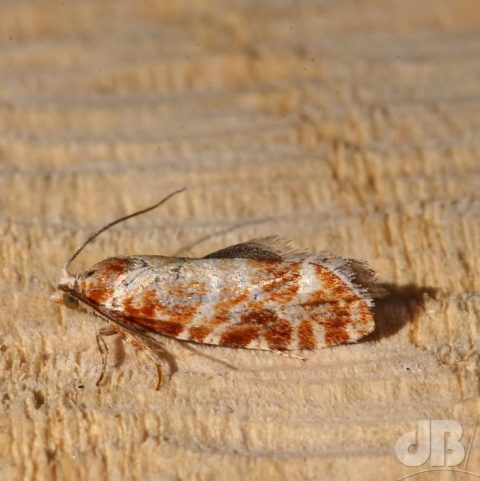Amateur Lepidoptera expert friend Leonard has not “ticked” one of the species that were new to me in last night’s scientific trap experiment. The species in question looks quite remarkable: Marbled Clover, Marbled Clover (Heliothis viriplaca). So, that’s bonus points to me today, surely?
In fact, a day later, it seems that quite a few of the experienced moth-ers on the Facebook group there have not seen this species. It usually inhabits The Brecks, but there is evidence that there are migrants. We’re not that far from The Brecks here, but this could well be a traveller that just turned up almost randomly here.
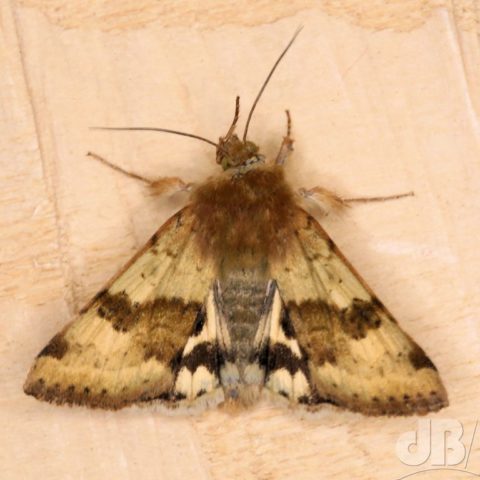
Overall the haul for the night of 10th July 2019 and into the morning was more than 210 specimens of more than 56 moth species. There was a lot also among the folds of the white sheet I have hanging by the trap.
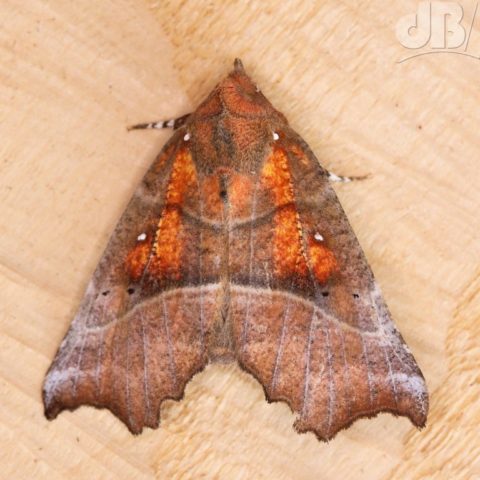
It would be interesting to know whether the sheet really makes a difference, as there are several species that don’t seem to enter the trap often that I have seen in the dark close to the trap (the large, lemon sherbert coloured Swallow-tailed moth, for instance), but are attracted by the ultraviolet let, and simply hang around the folds of the sheet. But they might just as easily roost on the brickwork and glass of the conservatory, in fact some do. Old Lady has appeared in the trap twice now (different specimens) and they’re not really even meant to be attracted to light.
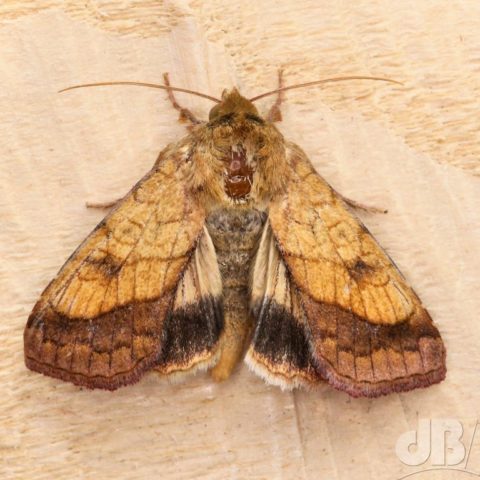
I also wonder if all my wildflower planting and cultivating night-scented plants (Nicotiana, Stock) in the garden is making a difference, attracting moths by scent that are then drawn to the UV. I only started this experiment at the end of July 2018, so it is impossible to know, and the weather was very different in the summer of 2018, so there’d be no comparison even if I had started earlier and kept detailed records then.
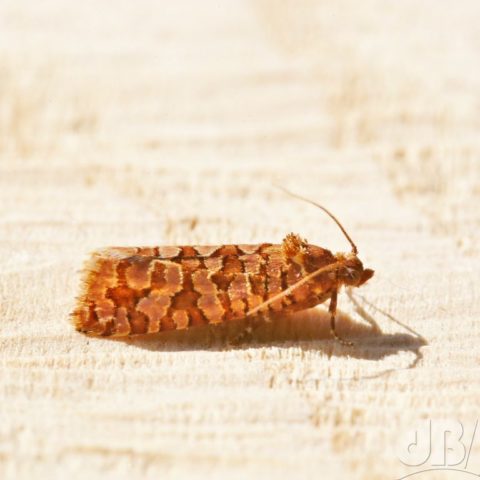
Either way, I’ve just passed 250 species identified and photographed. This, I’d say is the half-way mark, given that two other moth-ers in the village here are both at the 500 mark after several years of scientific trapping.
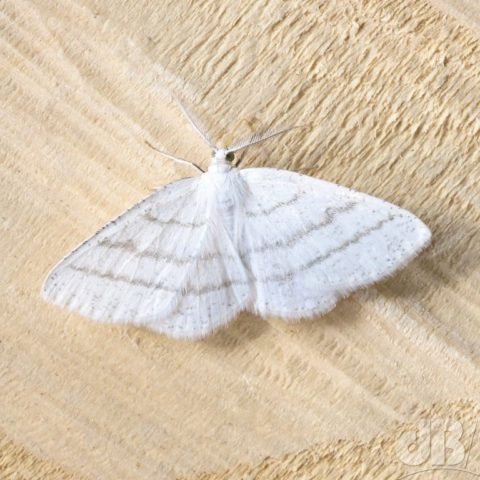
If you want to follow the detailed logging of the experiment, my spreadsheet is available here.
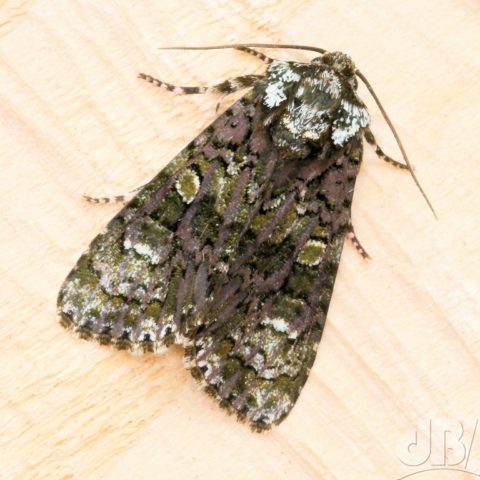
All of the photos on this blog post are of species new to me on the day or writing. 11th July 2019.
